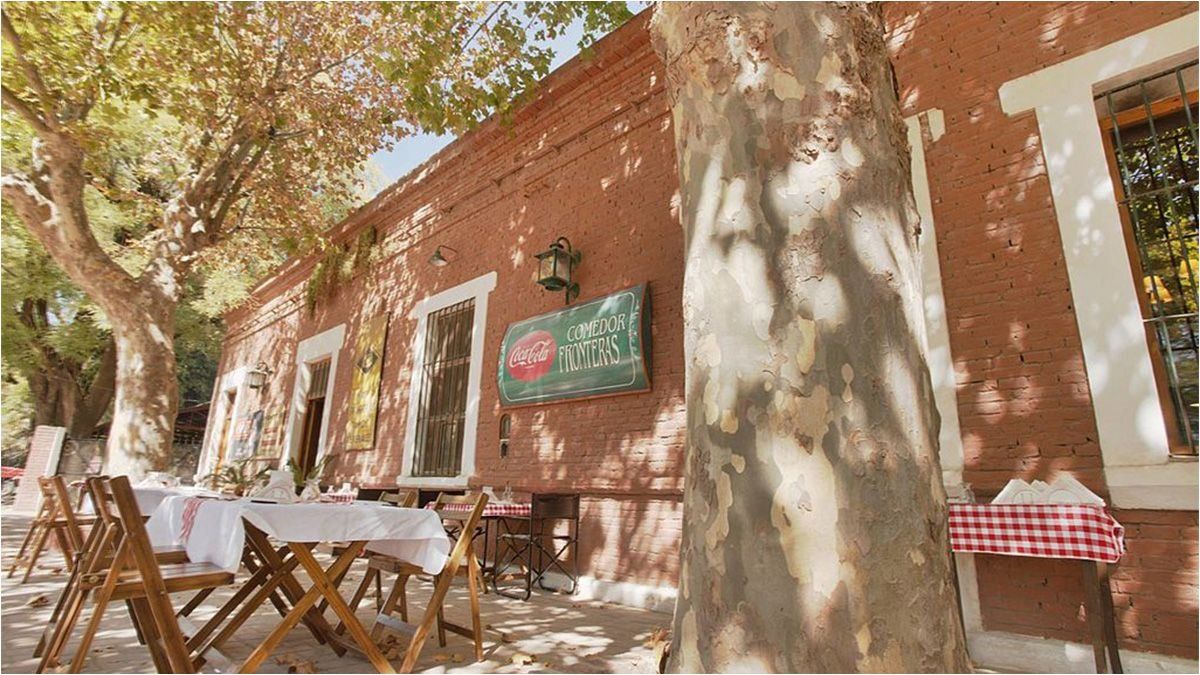From Cohenthey explained: “The bad one performance was due mainly due to the income tax, which fell 27% in real terms – the biggest drop since April –DGA VAT and import duties decreased by 34% yoy, probably due to the temporary halt in imports due to the reduction of the PAIS tax.”
“It should be noted that The comparison against August 2023 is toughsince there was a consumption boom on the eve of the PASO. Despite this, the figure remains discouraging. It is the lowest collection for an August since 2009.“, they explained from PPI.
Milei Madrid Forum.jpeg
Javier Milei faces the Government’s next economic challenges.
Ignacio Petunchi
Disinflation process: is there a floor?
The August inflation accelerated with compared to the previous month and failed to reach the much-desired 4%. It stood at 4.2%, while the cumulative total for the year was close to 95%.as published the National Institute of Statistics and Census of the Argentine Republic (INDEC). The data was above the Market Expectations Survey (REM) published by the Central Bank.
Housing, water, electricity and fuels advanced 7% in August and led the increases in the segments. According to the official body itself, it was due to Increases in the costs of rent, water, electricity, gas and fuel. One of the data to highlight was that core inflation also accelerated, reaching 4.1%. Thus, in recent months, far from falling, It bottomed out at 3.7% in May and June, then rose to 3.8% and then settled at its current level.
Economic activity: is the recovery continuing?
Although the industry fell 5.4% in July year-on-year and added 12 consecutive months with declinesslowed sharply compared to the previous measurement (when it sank 20.2% in June), according to INDEC this week. In turn, The industrial production index rebounded almost 7% compared to June and ended a two-month downward streak.
Regarding the data of Augustthe first production data reveal that They are not as optimistic as they were in July.. In the case of automotive sector (ADEFA), that after the 38.7% monthly growth in July, August shows a fall (-4.3% m/m). The same occurs with the production of beefwhich is contracting by 9.2% monthly, compared to a July growth of 24.6%.
“Domestic demand remains weak and exports are affected by an exchange rate that tends to appreciatethe outlook for the sector is not improving, leaving aside any V-shaped recovery,” they said from lcg.
BCRA import and reserve levels
As regards August levels, from CEPECthey warned: “Central Bank reserves continued to decline as the government attempted to contain pressure on the official exchange rate and parallel parities. The level of imports was also affected, with a significant year-on-year drop due to foreign exchange restrictions, which in turn generates bottlenecks in key productive sectors, affecting industrial production and employment.”
As for what may come in September, according to a report by PPI, They explained that it will be a special month for the accumulation of reserves. “On the demand side, Two opposing effects come together: the overlapping of quotas of the old and new import payment scheme and the deferral of imports in view of the expectation of a reduction in the PAÍS tax without a devaluation to compensate,” they explained.
They then argued that on the supply side, The seasonality of agricultural liquidation will begin to play against. It would only recover in December with the arrival of the fine harvest.The BCRA could still have room to buy foreign currency in September, even with more pressured but contained private demand and a lower private supply. Nevertheless, It will not be a reflection of what would happen in October, November and December, when the dynamics of the official market would become more unfavorable. for the purchase of reserves,” they explained in the same report.
In turn, the consultant 1816also contributed: “Over the next few months we will hardly have a BCRA buyer in the MULC. The ratio between paid and accrued imports, which had already reached 96% in July (and we will see if it shrinks somewhat in August, the last month with a 17.5% PAIS tax), should exceed 100% in the 3 months between September and November. The deferral of August payments may have an impact, but what is certain is the overlap of the new import payment scheme. (two installments of 50%, one at 30 and another at 60 days after the goods have been received) with the old schedule (four installments of 25% at 30-60-90-120 days)”.
markets-collapse.jpg

Markets expect a drop in activity throughout 2024 and a recovery in 2025 tied to the lifting of restrictions.
BCRA intervention in the foreign exchange market
With official data as of July, Outlier He pointed out that the BCRA sold US$326 million in the financial market. “That cost was only for half a monthIn August, the BCRA’s presence remained the same and increased again in the last weeks of the month. Therefore, it is likely that the cost in August was higher than in July, putting the total amount at around US$800 million.” they stated in that report.
“The monetary authority intensified its intervention in the foreign exchange market, selling reserves to control exchange rate fluctuations. However, This strategy seems to have limited results due to the growing distrust in the financial market and the lack of genuine supply of foreign currency.although, at the end of last week this seems to be starting to turn around. In the short term, The need for external financing is expected to worsen, which could put the country in a situation of greater financial vulnerability.“, they explained from CEPEC.
For its part, from Cohenthey expanded that money laundering and payment of personal propertyadded to the discretion that the BCRA has to intervene, led to a significant retreat in financial dollars in the first week of September, which narrowed the gap to the lowest level since May. Besides, The official dollar, even with the crawling peg at 2%, places the Multilateral Relative Exchange Rate (TCRM) at a lower level than a year ago.
Maturities of public debt in pesos and dollars
Analysts say the maturity profile of public debt for 2024 and 2025 presents a considerable challenge in both pesos and dollars. By 2024, principal and interest payments are concentrated in several key agencies, including the IMF and private creditors, increasing pressure on state coffers.
In 2025, “the situation will worsen with higher amounts of external debt and the possibility of limited refinancing in a context of high international interest rates and low local credibility,” explained a report from the city.
How this news impacts Argentine assets
“It is expected that The evolution of bonds and bills in local markets remains volatile due to macroeconomic instability and political uncertainty in view of the upcoming laws that Congress will discuss. As the next debt maturities approach, both in pesos and dollars, Pressure on the financial market could intensifywhich could lead to a new round of adjustments in the government’s economic policy,” CEPEC said.
From PPIagree that The Merval could move depending on external volatility and key local factors. In the Argentine square, The recent reduction of the PAÍS tax and inflation revealed certain signs of downward rigidity that generate mixed expectationsOn the international front, the US inflation data and the Fed’s rate cut in September could be a positive catalyst.
Source: Ambito
I am a 24-year-old writer and journalist who has been working in the news industry for the past two years. I write primarily about market news, so if you’re looking for insights into what’s going on in the stock market or economic indicators, you’ve come to the right place. I also dabble in writing articles on lifestyle trends and pop culture news.




